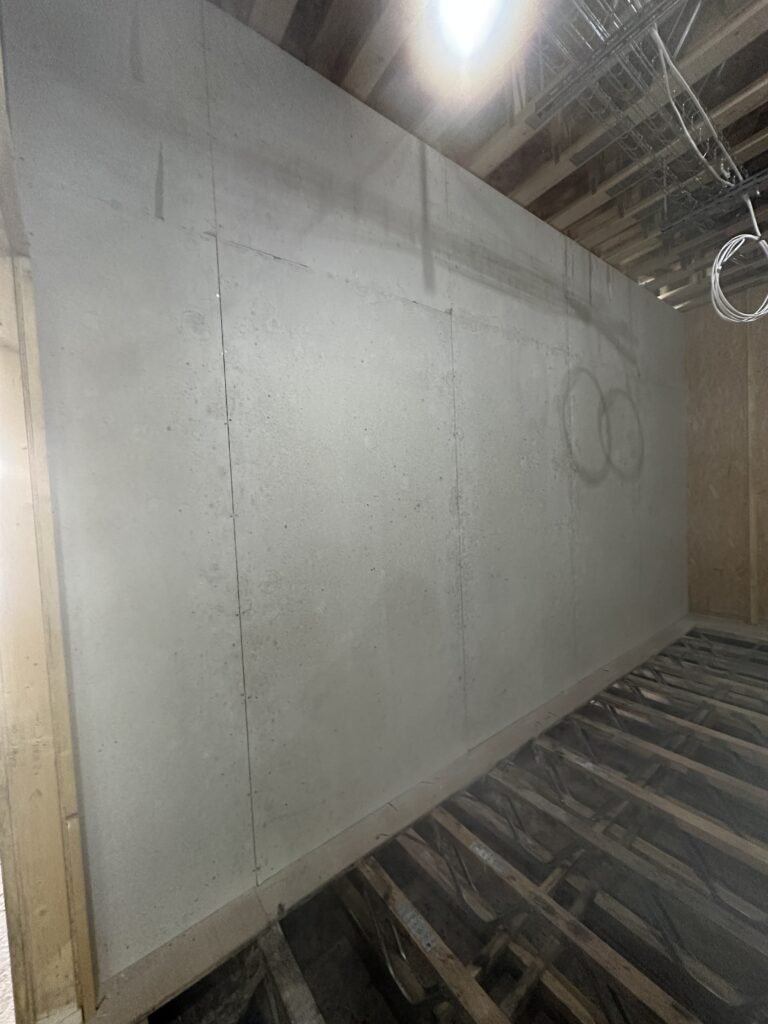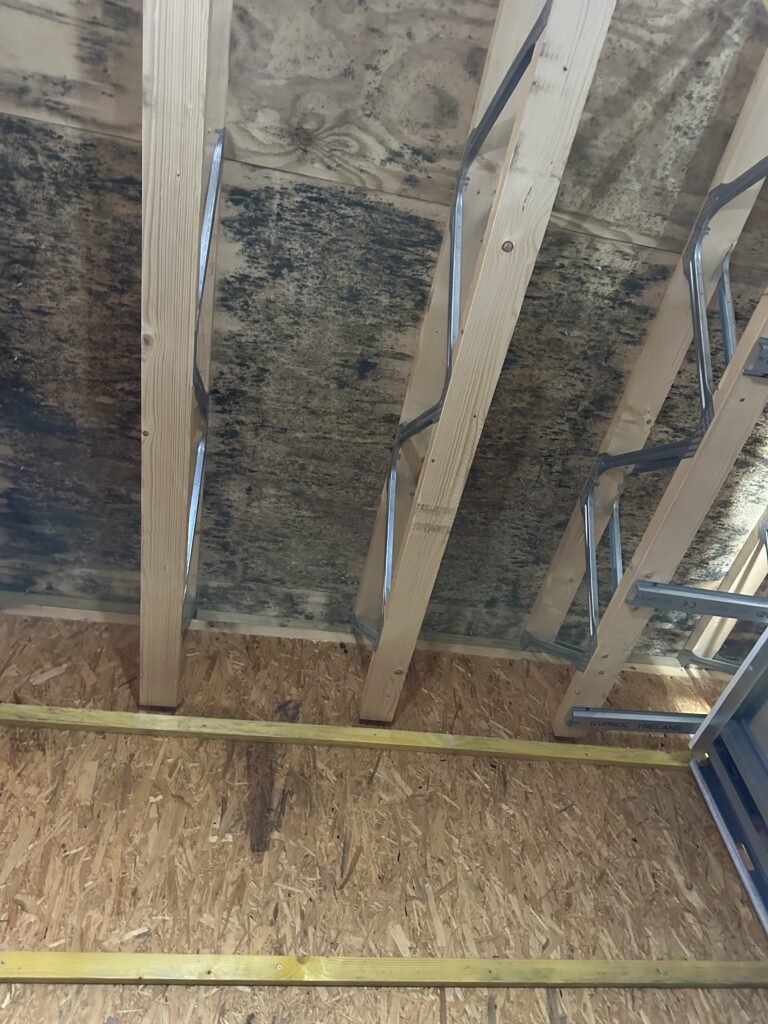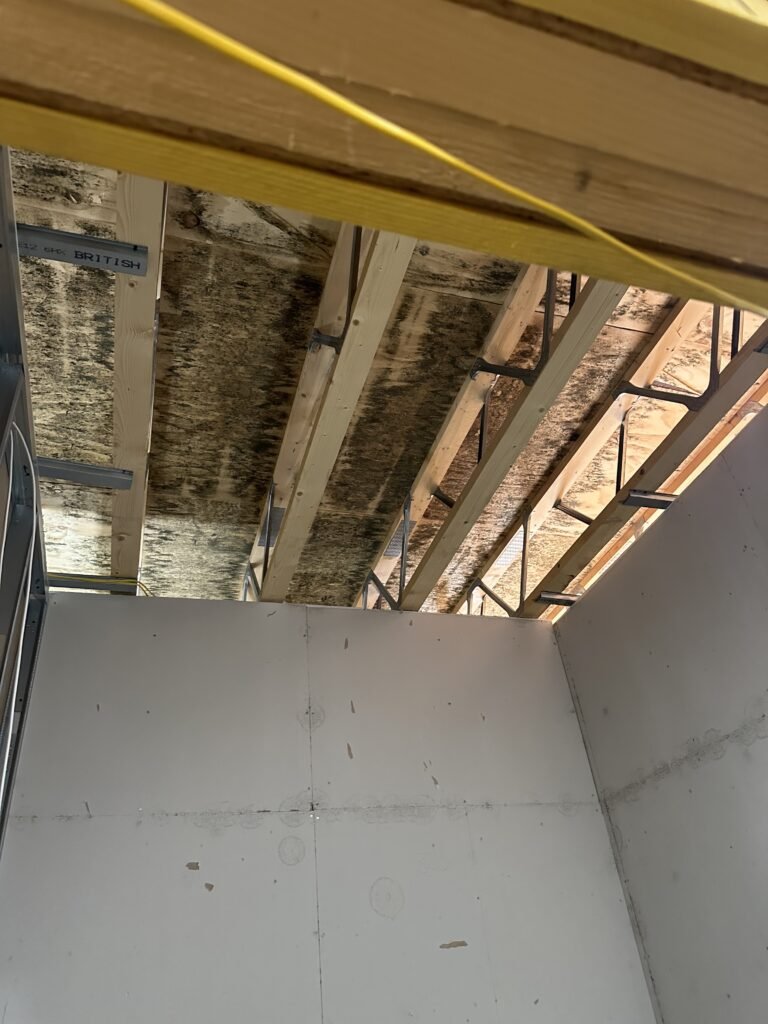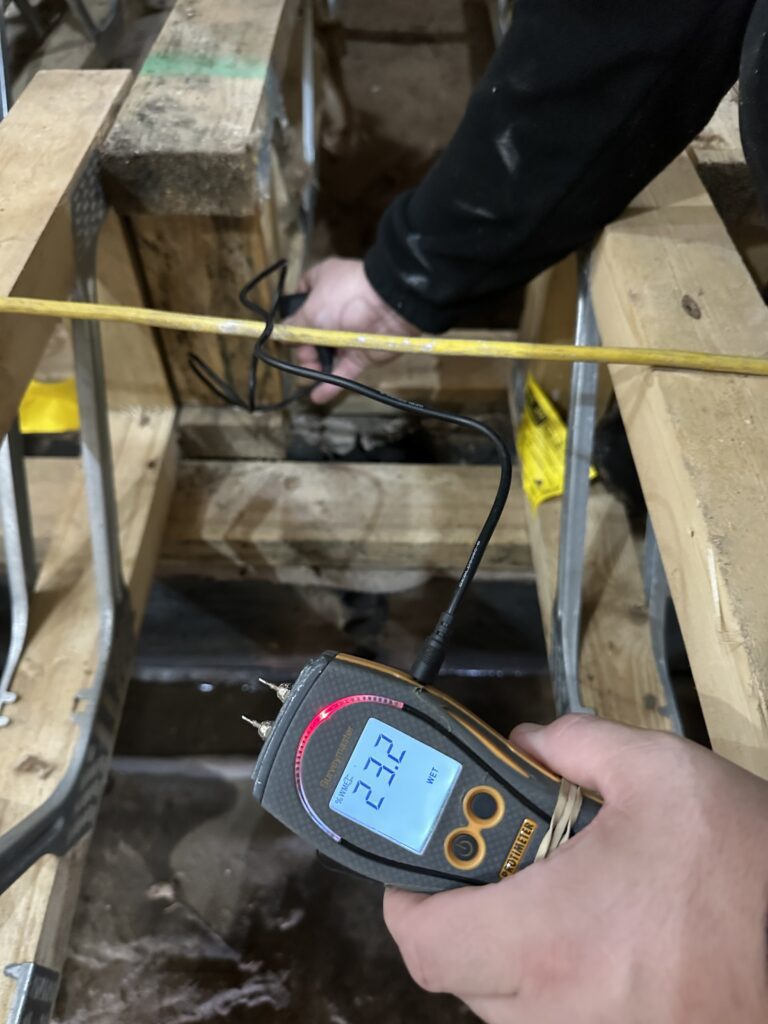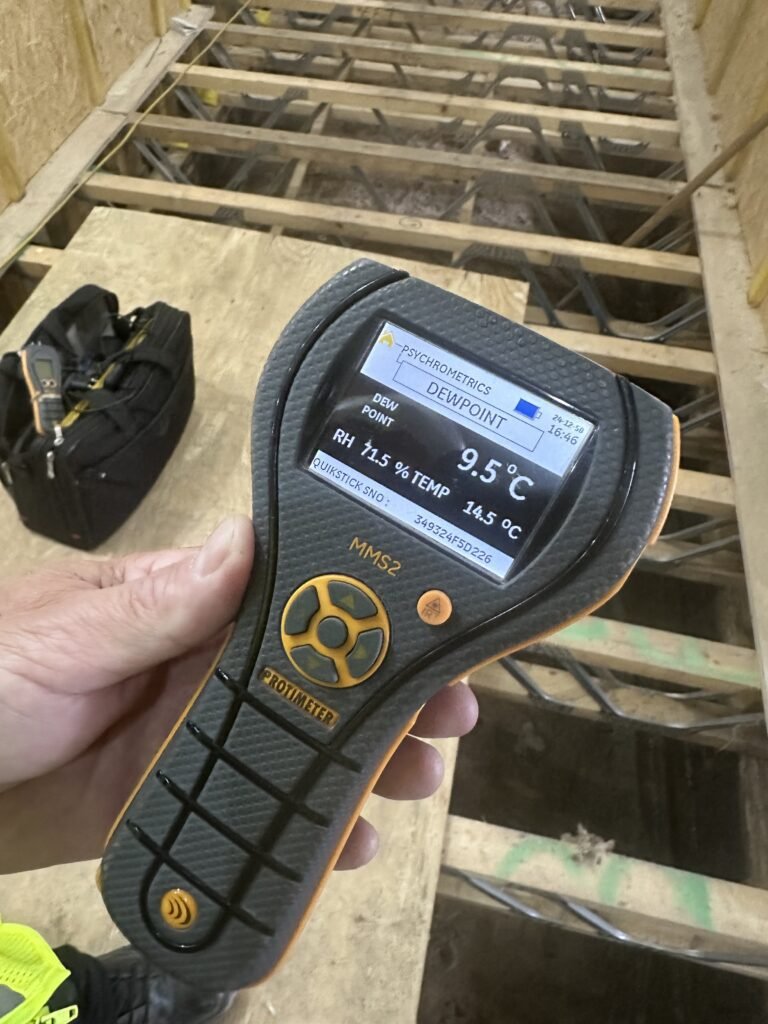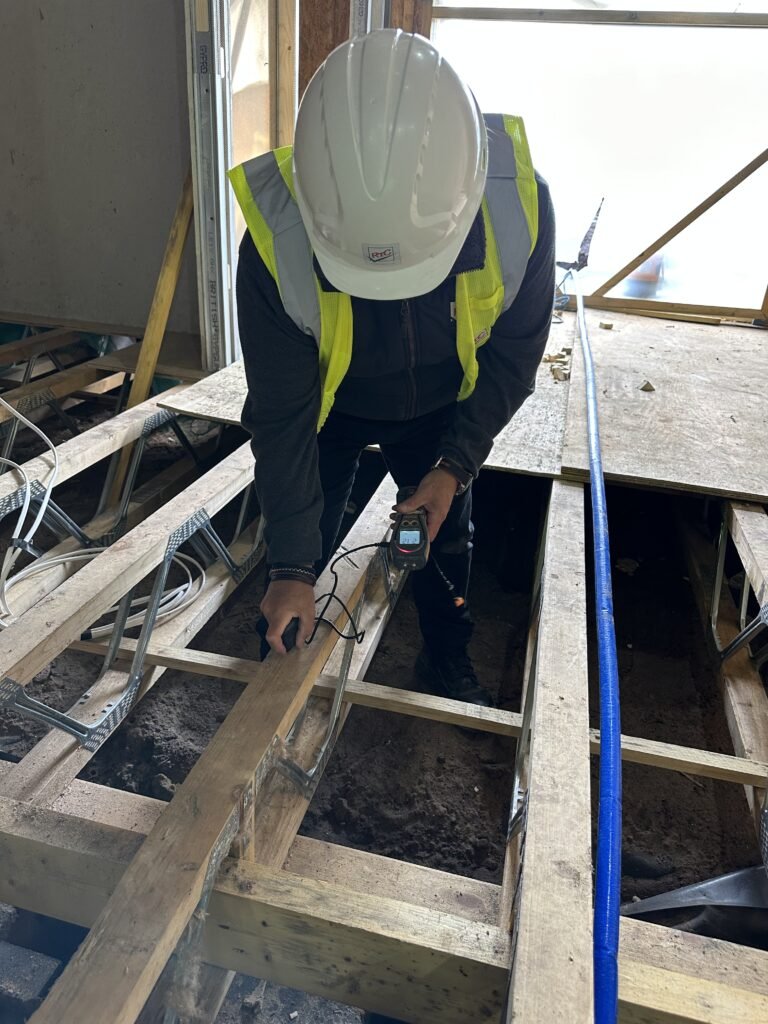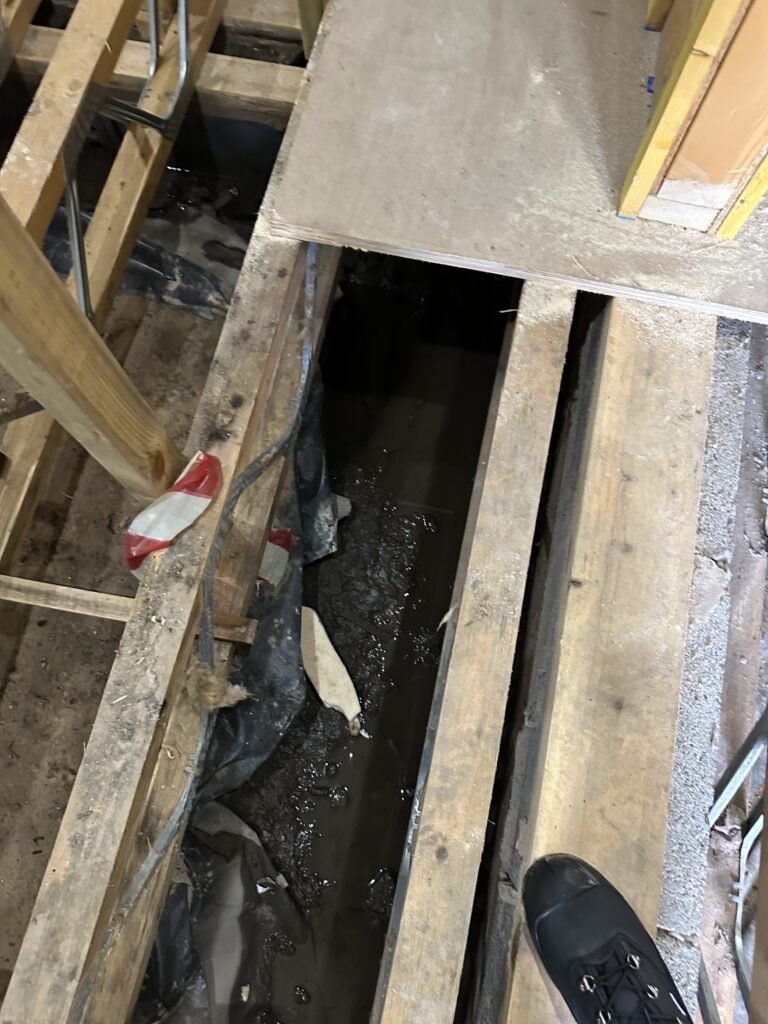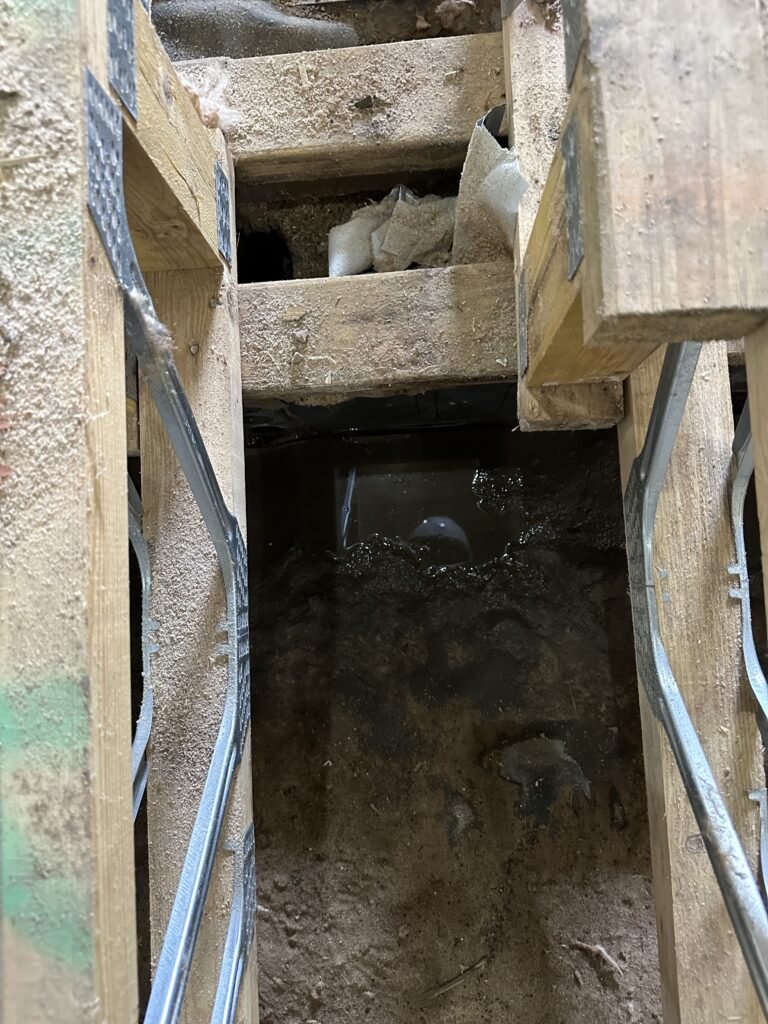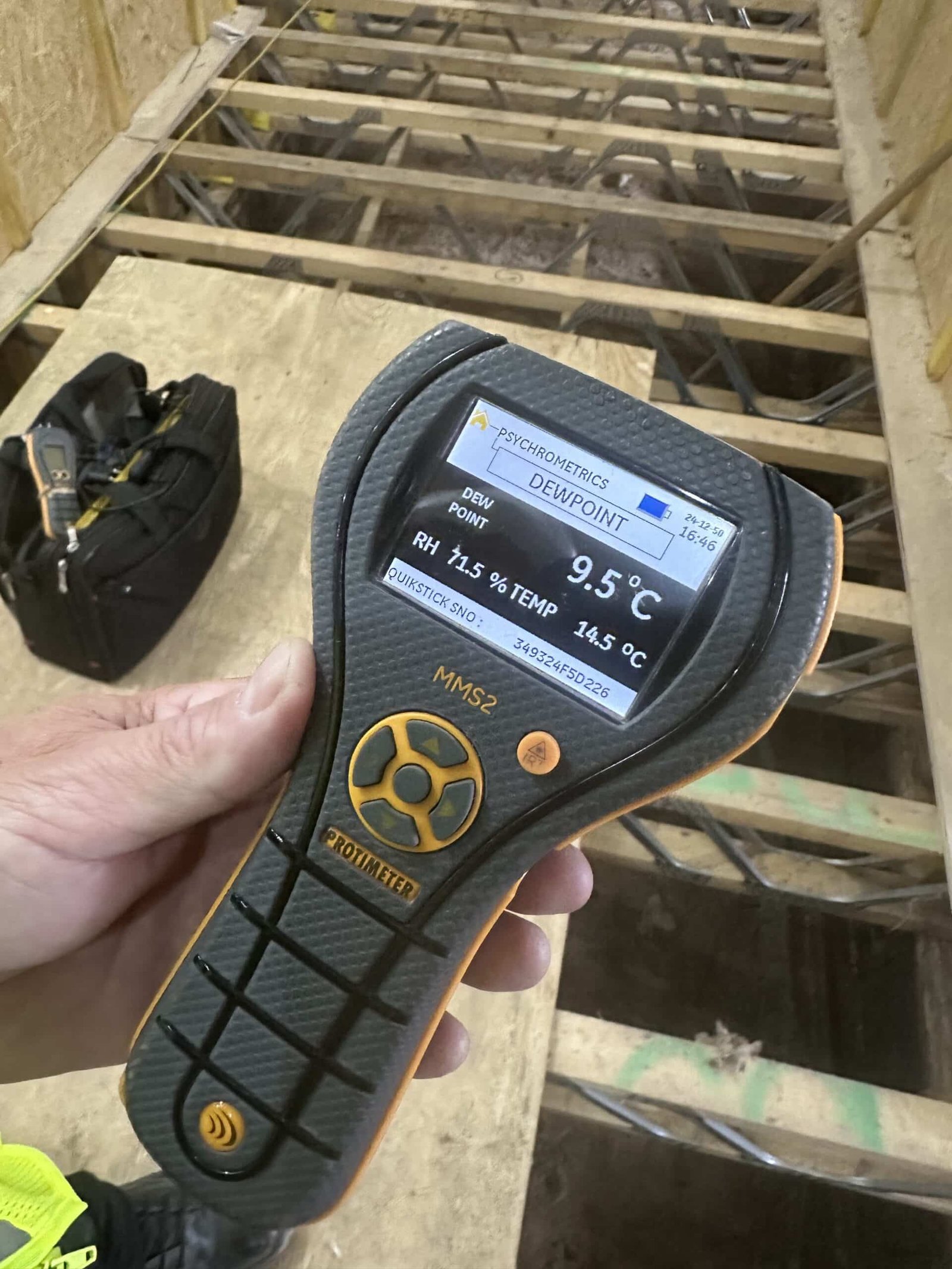
Mould Treatment for Southport and Ormskirk Hospital NHS Trust – Endoscopy Unit, Ormskirk District General Hospital
Project Overview
Call me back
Would you like a call back from one of our friendly team about anything? Fill out the form below and we'll get back to you ASAP.
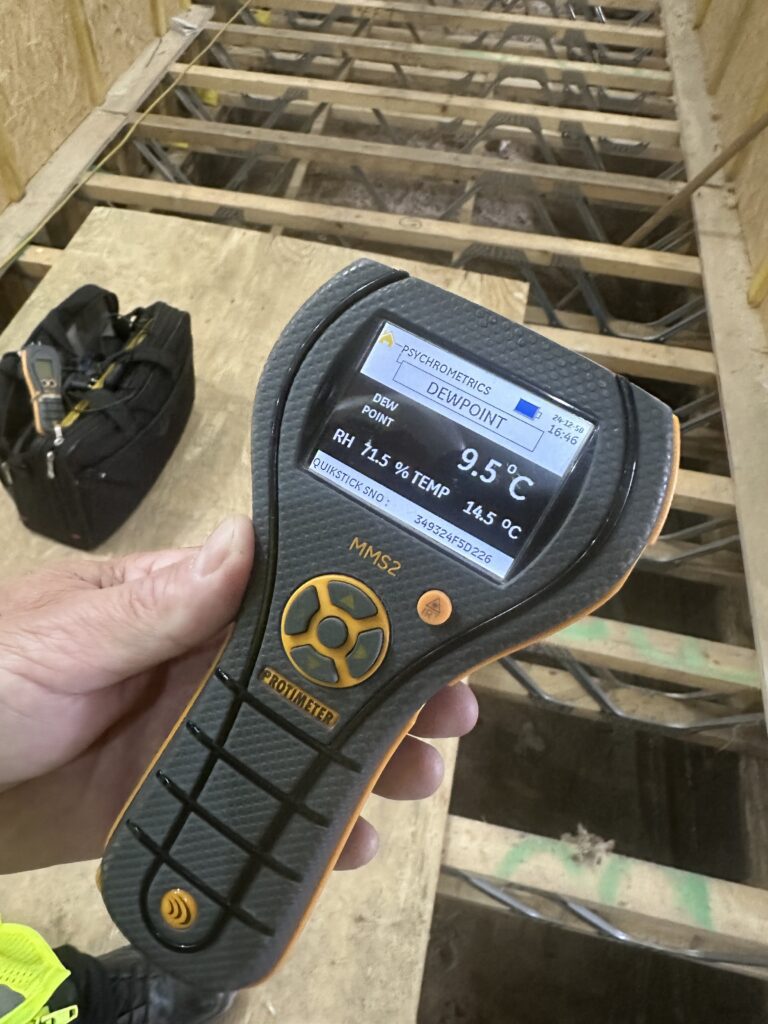
Overview
RTC were delighted to be instructed by Southport and Ormskirk Hospital NHS Trust to carry out a comprehensive mould clean and treatment service within the new endoscopy unit at Ormskirk District General Hospital. This work formed part of a broader investment by the Trust, which included nearly £2 million for a temporary standalone modular endoscopy unit, in addition to £500,000 allocated for upgrades to the existing unit within the hospital’s main building.
The Challenge
The modular endoscopy unit had undergone new construction, but the project faced delays and had been left vacant since April 2023. Due to incomplete drainage during the early stages, the building experienced water ingress. Although the drainage system was reportedly completed by the time of our inspection, standing water and elevated moisture levels were still observed.
Constructed with suspended timber and SIP panels, the building was particularly susceptible to moisture-related issues. As a result, extensive mould growth had developed across timber joists, wall and ceiling boards, and plasterboard surfaces throughout the ground floor. Elevated relative humidity (over 71%) and high moisture content in timber materials posed a risk of ongoing mould development and potential structural decay. Access to some high-level areas was restricted due to safety concerns related to exposed engineered joists and lack of secure walkways.
The Solution
RTC carried out a full inspection of the endoscopy modular unit, utilising specialist instruments including:
- SurveyMaster Electrical Conductivity Meter – to measure moisture content in both timber and wall surfaces.
- Hygrometers and surface temperature readers – to assess humidity levels and condensation risk.
Upon confirmation of significant mould growth and elevated moisture levels, RTC implemented a bespoke remediation strategy:
- Mould Treatment and Sterilisation – All affected surfaces were treated using a proprietary mould removal solution designed to kill spores and prevent future regrowth.
- Fungicide Application – A water-based fungicide was applied to the floor joists to protect against decay during the drying period.
- Moisture Control Recommendations – RTC advised the Trust to:
- Remove all standing water from the oversite
- Expedite the installation of windows and doors
- Provide background ventilation
- Employ dehumidifiers and drying equipment to stabilise humidity levels
The Outcome
The treatment programme was delivered successfully and met all objectives set by Southport and Ormskirk Hospital NHS Trust and their main contractors. The mould was effectively eliminated, the affected areas were sterilised, and key preventative measures were implemented to ensure a stable indoor environment.
As a result of this intervention, the modular endoscopy unit is now safe, clean, and better protected against future mould issues, allowing the Trust to continue with their vital improvement works and ultimately enhancing patient care environments.
Call me back
Would you like a call back from one of our friendly team about anything? Fill out the form below and we'll get back to you ASAP.

